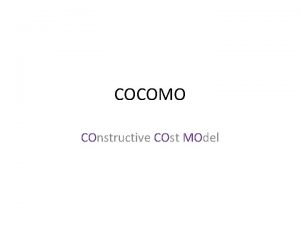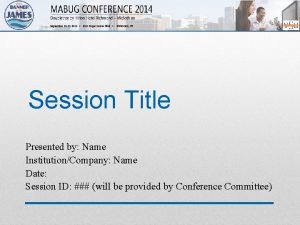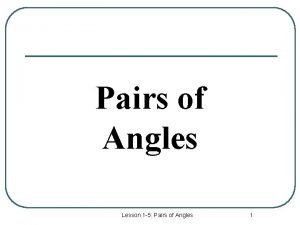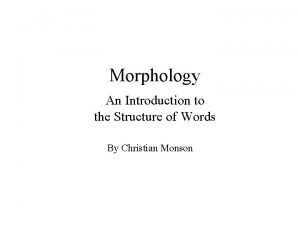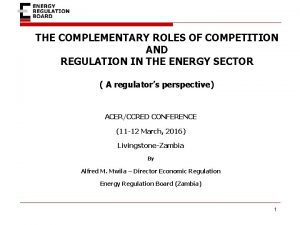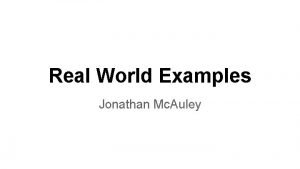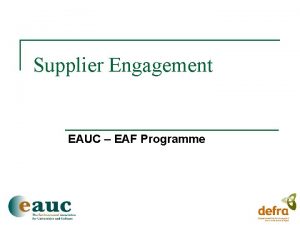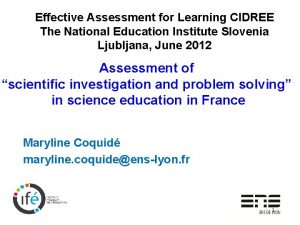CIDREE CONFERENCE EAf L Session 1 A Complementary







- Slides: 7

CIDREE CONFERENCE - EAf. L Session 1 A

Complementary roles – T, P, P What are the advantages, benefits, best features of what you’ve heard? (1) ü teachers are learners as well ü to change practice, teacher must talk with other teachers ü assessment is ongoing dialog ü the idea of building a National Assessment Resource with teachers ü active involvement of parents in learning and assessment

Complementary roles – T, P, P What are the advantages, benefits, best features of what you’ve heard? (2) ü connecting learning & assessment – from the planning stage ü pupil involvement in planning their learning, selfassessment, peer assessment ü how to make assessment information more useful for students and teachers ü how to combine traditional forms with new ones (Formative Assessment) ü data can be useful

Complementary roles – T, P, P What do you see as potential difficulties in adopting such an approach? (1) × raising teachers' awareness of the need for professional learning in Af. L × teachers as models of lifelong learners × connecting learning with assessment - teachers see it as separate × parental involvement - teachers feel it as a threat × helping parents to understand new didactic approaches

Complementary roles – T, P, P What do you see as potential difficulties in adopting such an approach? (2) × curricula too crowded - no time for individualisation × end exam or matura (examinations will be like on matura) × sharing and interpretation of data × time - to change culture, attitudes routine × money

Complementary roles – T, P, P What are the solutions – 3 to 5 good ways of solving it? (1) ☺ holistic approach - involve pupils, teachers and parents from the start as a system, ☺ professional development - very carefully prepared ☺ schools demonstrating to parents how children learn and are involved in the process ☺ schools as a learning organisations ☺ target the support proportionately - some schools / teachers need more

Complementary roles – T, P, P What are the solutions – 3 to 5 good ways of solving it? (2) ☺ take a long perspective: change takes time ☺ effective communication channels and messages ☺ involve teachers in professional development of other teachers - teachers. ☺ reform the examinations like matura ☺ open up discussion on data and everybody's role in interpreting and using it
